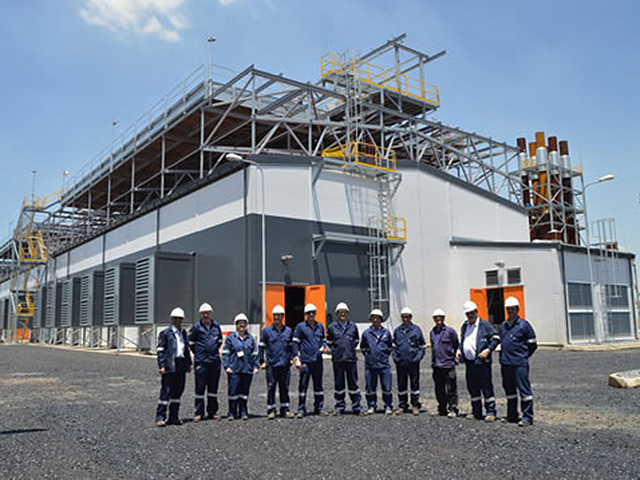
Sasol “will prevail”, the company’s CEO Fleetwood Grobler said on a conference call intended to reassure investors and employees. The plan should stabilise the company, protect the balance sheet and preserve stakeholders’ interests.
There are four pillars to Sasol’s plan. Cutting costs, increasing asset sales, a potential equity raise and a refashioning of the company, so that it can generate profits in a low oil price world.
Running the business more efficiently can see the company generate an extra $2 billion by June 2021. The asset sale programme should raise more than $2bn, while the equity raise would be around $2bn. Of the savings that can be made by the end of June this year, Sasol believes $800mn can be gained from optimising working capital and changing capital expenditure, with another $200mn from unspecified cost-saving measures.
“Our plan is to generate at least $6 billion by the end of the financial year 2021,” Grobler said, remaking the company as a “globally competitive business”. Plans have been made on the basis that the oil price may remain low until 2022.
As of the end of June, “Sasol is expected to be within lending covenants”, he continued. Events began to take a turn on March 5 when Moody’s decided to downgrade Sasol’s credit rating to Ba1/NP as a result of concerns over elevated debt levels when market conditions were uncertain.
At the time, Sasol said the troubled Lake Charles Chemicals Project (LCCP) was on track to cost $12.8 billion and would be EBITDA positive in the second half of the 2020 financial year, generating around $50-100 million.
This was followed by growing concerns around the coronavirus outbreak and the oil price crash. “The impact of this on Sasol has been dramatic considering our financial situation. There is no doubt we will need to take urgent action,” he continued.
The impact of the coronavirus is unprecedented and the duration of the disruption uncertain. Actions taken by leading oil producers “have worsened the situation”.
Sasol said it believes it can retain more than $1bn in liquidity headroom over the next 12-18 months even should oil prices run at $25 per barrel.
The asset sales under consideration include “partnering options” at Sasol’s chemicals business in the US, Grobler said. Discussions are already under way on this front.
Among the self-help measures includes the suspension of the Sasol Cares benefits programme, a headcount freeze, offering reduced work and a review of training. “Decisions taken to conserve cash were not taken lightly, but are critically important now to help us weather the current turmoil and remain viable,” Grobler said.
Sasol’s share price closed at 303.85 rand ($18.3) on the first day of trading in 2020, on the JSE. It had fallen to 37.24 rand ($2.2) as of March 12, rising slightly to 44.74 rand ($2.69) as of March 16.
Recommended for you

